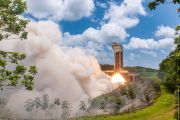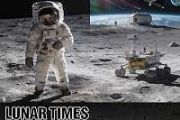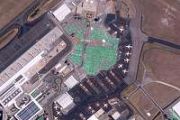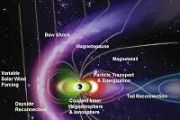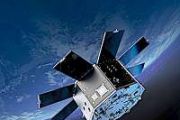
Copernical Team
Element creation in the lab deepens understanding of surface explosions on neutron stars
 Led by Kelly Chipps of the Department of Energy's Oak Ridge National Laboratory, scientists working in the lab have produced a signature nuclear reaction that occurs on the surface of a neutron star gobbling mass from a companion star. Their achievement improves understanding of stellar processes generating diverse nuclear isotopes.
"Neutron stars are really fascinating from the points of
Led by Kelly Chipps of the Department of Energy's Oak Ridge National Laboratory, scientists working in the lab have produced a signature nuclear reaction that occurs on the surface of a neutron star gobbling mass from a companion star. Their achievement improves understanding of stellar processes generating diverse nuclear isotopes.
"Neutron stars are really fascinating from the points of Hitting the road after three weeks at Ubajara: Sols 3839-3840
 Earth planning date: Wednesday, May 24, 2023 - May has been a busy month for Curiosity. Our rover has been hard at work since arriving at its current location around the first of the month. In the three weeks since, Curiosity has thoroughly characterized the area around "Ubajara" and completed another successful drill campaign, its 38th such accomplishment. Curiosity's work now lies ahead, and l
Earth planning date: Wednesday, May 24, 2023 - May has been a busy month for Curiosity. Our rover has been hard at work since arriving at its current location around the first of the month. In the three weeks since, Curiosity has thoroughly characterized the area around "Ubajara" and completed another successful drill campaign, its 38th such accomplishment. Curiosity's work now lies ahead, and l NASA continues key test series with rocket engine hot fire
 NASA completed a full duration hot fire of the RS-25 certification engine May 23, continuing a critical test series to support future SLS (Space Launch System) missions to deep space as NASA explores the secrets of the universe for the benefit of all.
The test on the Fred Haise Test Stand at NASA's Stennis Space Center near Bay St. Louis, Mississippi, marked the eighth in a 12-test certifi
NASA completed a full duration hot fire of the RS-25 certification engine May 23, continuing a critical test series to support future SLS (Space Launch System) missions to deep space as NASA explores the secrets of the universe for the benefit of all.
The test on the Fred Haise Test Stand at NASA's Stennis Space Center near Bay St. Louis, Mississippi, marked the eighth in a 12-test certifi Multi-launch deal signed for OTV missions from Spaceport Nova Scotia
 Maritime Launch Services Inc. (NEO: MAXQ, OTCQB: MAXQF) reports that its launch manifest on its medium class launch vehicles has been committed through the end of 2027.
With a recent multi-mission Agreement signed for launching client OTVs from a manufacturer in the EU, Maritime Launch has secured medium-class launch vehicle capacity on multiple missions on a rideshare and dedicated payloa
Maritime Launch Services Inc. (NEO: MAXQ, OTCQB: MAXQF) reports that its launch manifest on its medium class launch vehicles has been committed through the end of 2027.
With a recent multi-mission Agreement signed for launching client OTVs from a manufacturer in the EU, Maritime Launch has secured medium-class launch vehicle capacity on multiple missions on a rideshare and dedicated payloa Rocket Lab prepares for second TROPICS launch for NASA
 Rocket Lab USA, Inc., a publicly traded company listed on Nasdaq as RKLB, is eagerly gearing up for the imminent launch of its second dedicated Electron mission, aiming to release a network of storm-tracking satellites for NASA. The mission, christened "Coming To A Storm Near You", is slated for a no earlier than 16:00 NZST lift-off on May 25th, to be carried out from Launch Complex 1 on the pic
Rocket Lab USA, Inc., a publicly traded company listed on Nasdaq as RKLB, is eagerly gearing up for the imminent launch of its second dedicated Electron mission, aiming to release a network of storm-tracking satellites for NASA. The mission, christened "Coming To A Storm Near You", is slated for a no earlier than 16:00 NZST lift-off on May 25th, to be carried out from Launch Complex 1 on the pic Virgin Orbit to cease operations, sell assets of Richard Branson's satellite launcher
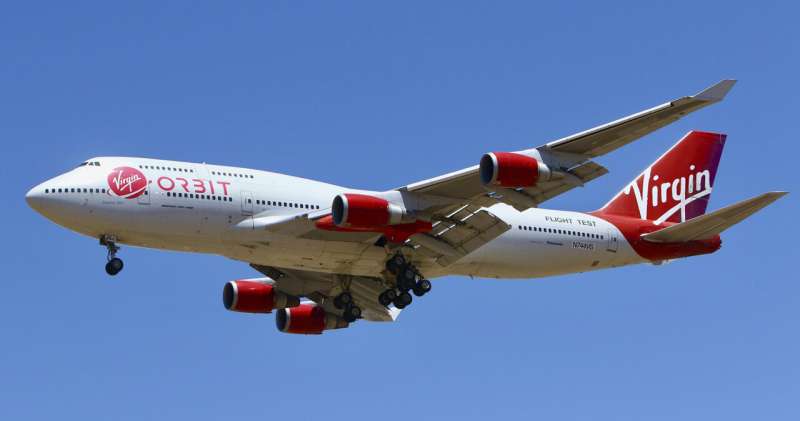
NASA's Chandra, Webb telescopes combine for arresting views

When multiple NASA telescopes observe the same cosmic region, the universe's true colors are revealed.
Four composite images deliver dazzling views from NASA's Chandra X-ray Observatory and James Webb Space Telescope of two galaxies, a nebula, and a star cluster.
NASA's LRO views impact site of HAKUTO-R mission 1 moon lander
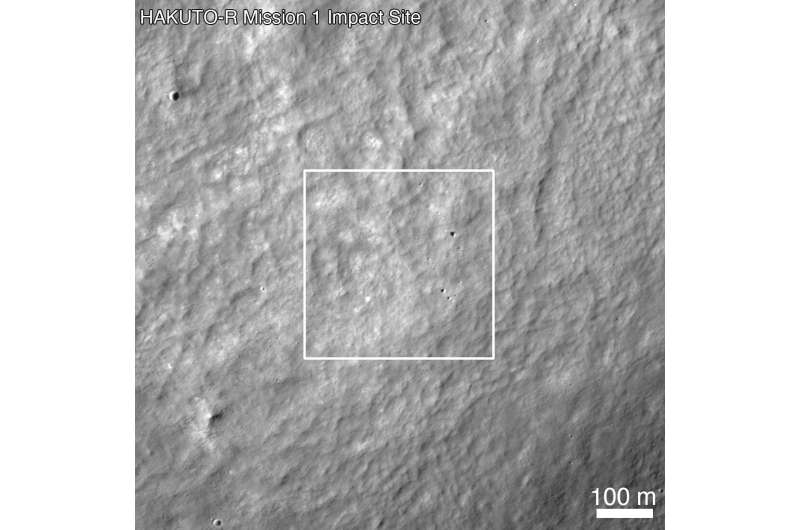
The ispace HAKUTO-R Mission 1 lunar lander was launched on Dec. 11, 2022, a privately funded spacecraft planned to land on the lunar surface. After a several-month journey to the moon, the spacecraft started a controlled descent to the surface to land near Atlas crater. The ispace team announced the following day that an anomaly occurred, and the HAKUTO-R Mission 1 lunar lander had not safely touched down on the surface.
Image: Mars terrain recreation at ESA

A downward view of ESA's rock-strewn recreation of the Red Planet, is designed to put prototype planetary rovers through their paces.
Officially part of the Planetary Robotics Laboratory at the Agency's ESTEC technical center in Noordwijk, the Netherlands, the nickname of this test site is the "Mars Yard."
An 9 x 9 m square filled with sand and different types of gravel and rocks, it is used to assess rover locomotion and navigation as well as the traction of wheels and other mechanisms. Then researchers can check how these elements work together in practice, with tests observed using precision cameras and sensors.
The Planetary Robotics Lab is part of a suite of more than 35 ESA laboratories focused on all aspects of space engineering, available to wider European Member States companies as well as ESA projects.
Provided by European Space Agency
The ExoMars Trace Gas Orbiter team practises beaming a message back to Earth - using themselves
 Image:
Image:
A mysterious signal is being sent by ESA’s ExoMars Trace Gas Orbiter on 24 May, a spacecraft orbiting the Red Planet looking for evidence of possible biological or geological activity.
As part of the global 'A Sign In Space' art project, it will strike huge antennas dotted around the globe; the Green Bank Telescope (West Virginia), the Medicina Radio Astronomical Station (Italy) and the Allen Telescope Array (California).
Early tests were conducted to ensure the feasibility of the endeavour and allow the ground-based observatories to fine tune their systems to be ready for the public event.
During preparations for sending












